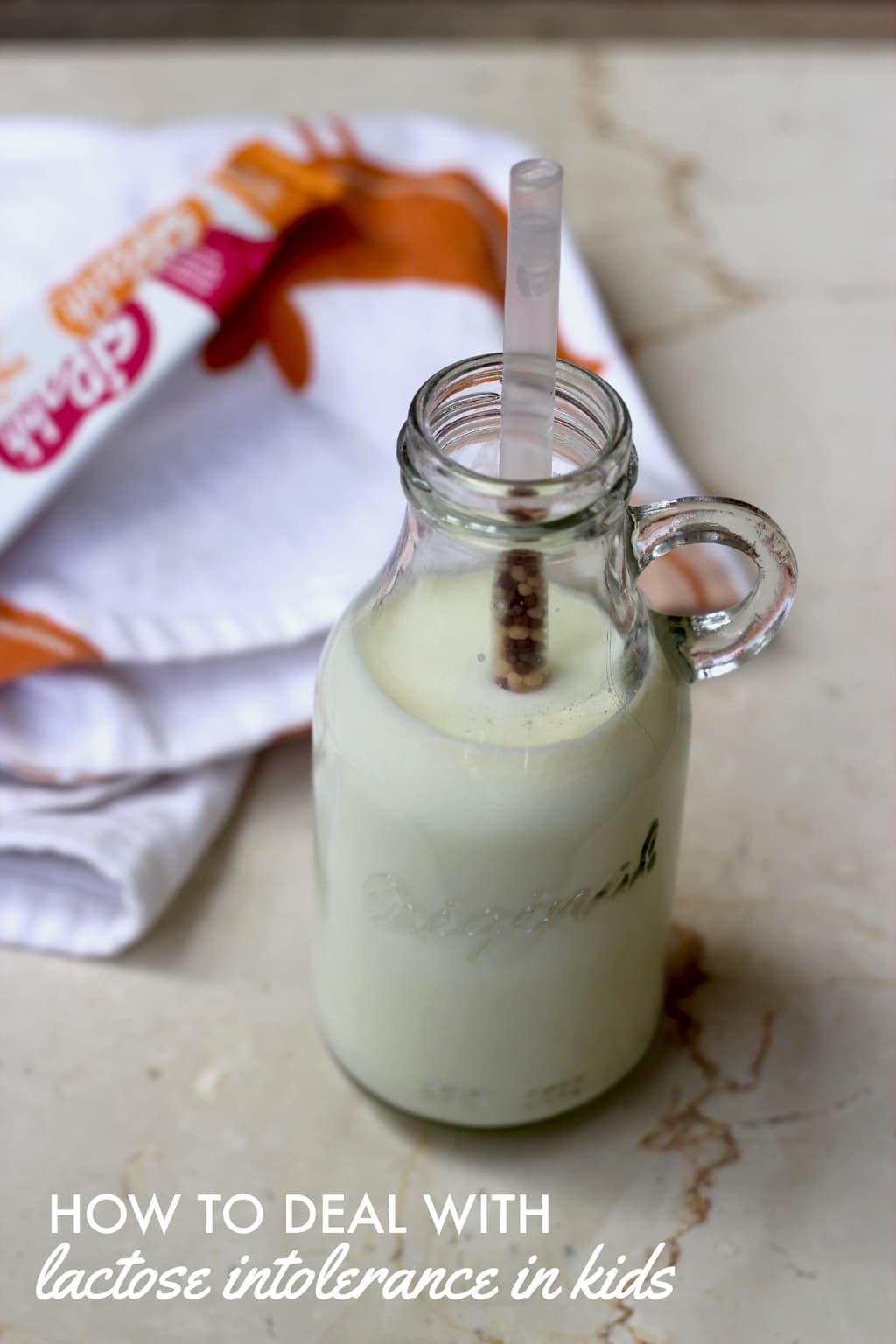
How to handle lactose intolerance in children – tips and resources
With increasing cases of lactose intolerance being diagnosed in kids, it is good to know about this condition and how to deal with it in children. Read on to know more.
What is Lactose | What is Lactose Intolerance | Symptoms | How to handle lactose intolerance in children

It is indeed a blessing if our kids are able to eat all kinds of foods without any sensitivity or allergy. Allergies or sensitivity to certain foods can cause much anxiety to parents and suffering for the kids involved, until the condition is diagnosed and managed well.
We are increasingly hearing of kids being lactose intolerant and being put on a special lactose-free diet.
So what is lactose? Lactose is the type of sugar present in milk and dairy products. People who suffer Lactose Intolerance have deficiency in the enzyme Lactase, produced by the small intestine. The lactose is broken down by the enzyme lactase, which is then absorbed by the body. So, this condition is not exactly an allergy to milk but simply an inability to breakdown all the milk and milk products ingested. This leads to lactose reaching the large intestine unchanged, where the gut bacteria break it down producing gas and acid as by products. Accumulation of these by-products leads to bloating, gassiness, nausea and bowel upsets, which can start in a short while after a lactose rich meal or after a few hours. The extent of lactose intolerance depends on the extent of deficiency of the enzyme.
Lactose intolerance is very different from lactose-allergy, which is a condition of the immune system in response to the milk protein, causing wheezing, skin rashes, vomiting, cramps etc.
So how does one deal with lactose intolerance in children?
The two main concerns to be addressed are the nutritional adequacy of a lactose-free diet and the child missing his/her fav foods, if the condition has been diagnosed slightly later in childhood.

As per guidelines released in 2006 by the American Association of Pediatrics, dairy is an important source of calcium for bone growth and a source of good quality nutrition for overall growth of a child. The guidelines recommend that even in children suffering from lactose intolerance, dairy foods be tried one by one, in increasing quantities to know what foods are tolerated and in what quantity. Foods that cause lesser problematic symptoms or none at all, can be well included in the diet – for example, yogurt, hard cheese etc.
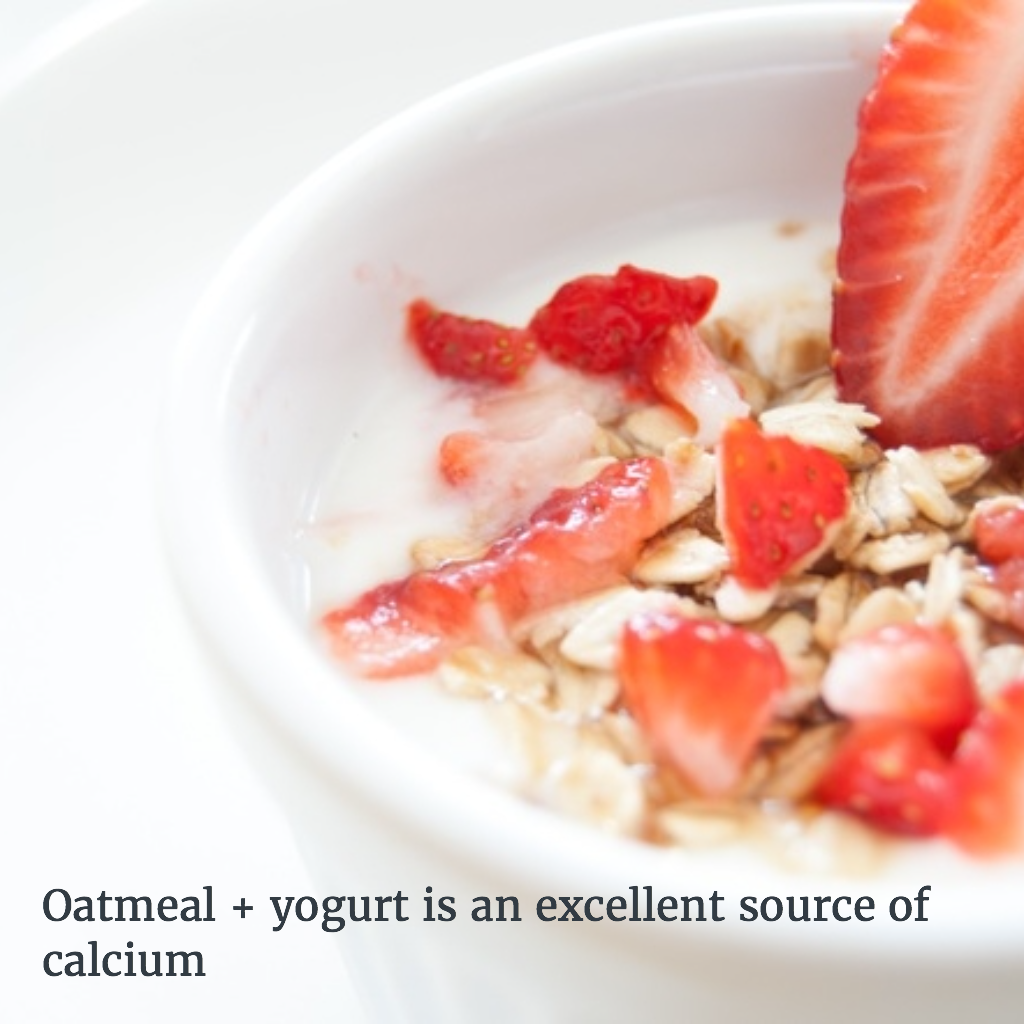
Is your child getting enough calcium?
When it comes to lactose intolerance in children, there is the concern if the child is getting enough calcium in the daily diet. A child between 4-8 years of age needs roughly 1000 mg of calcium per day. Dark green leafy vegetables such as spinach and chard, while rich in calcium, also contain oxalates that prevents the absorption of calcium. Therefore, broccoli, kale, turnip greens are better choices. Fish like salmon, sardine, yogurt are some of the other good calcium sources. Oatmeal is a fairly good source of calcium as well -so be it in breakfast or in cookies, it’s a good choice. 2 tbsp of sesame seeds provide 280 mg of calcium. This is useful knowledge when you add a good helping of tahini to make hummus!
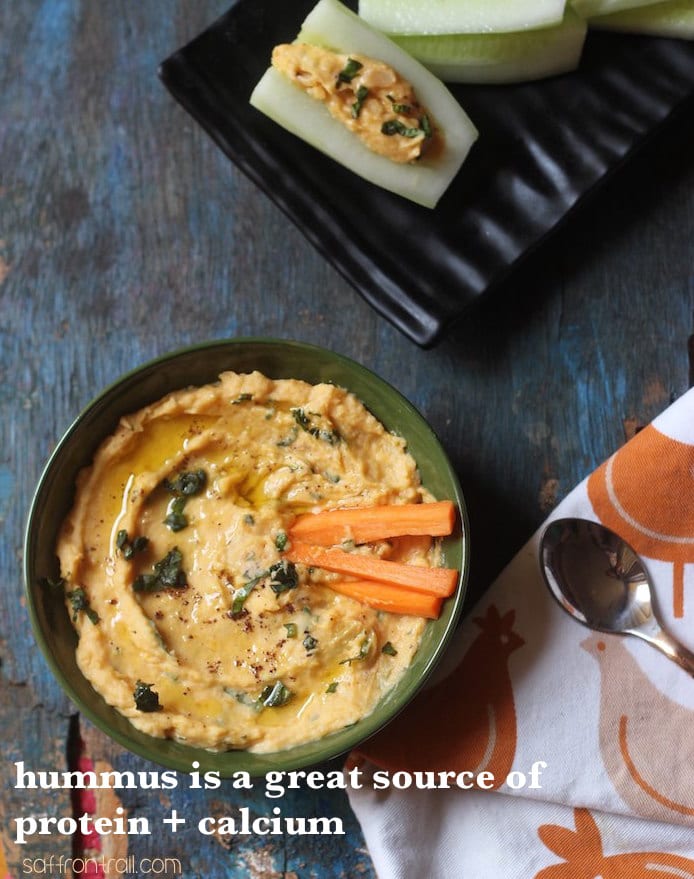
What about protein? Milk is indeed the easiest source of protein for children, 1 cup of milk providing 8 grams of protein. The protein requirement in a child between 4-8 years of age is around 0.95g protein/ kg body weight. To make up for lack of protein from milk and milk products, beans, quinoa, soy products, lentils, nuts, spinach, broccoli, eggs and meat can be included in the diet on a regular basis. Adding beans + rice such as dal-rice or rajma-rice, helps obtain all 9 essential amino acids from one meal.
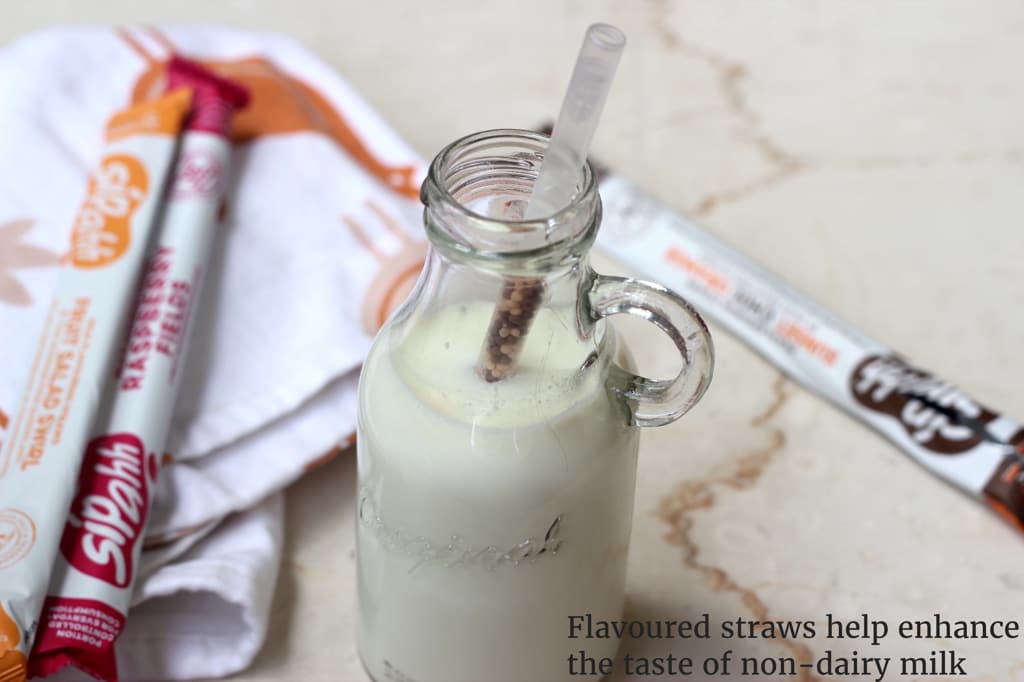
Protein can also be supplemented by soy or nut milk, using flavoured straws like Sipahh, to make the taste of non-dairy milk more acceptable to children.
If the child misses his/ her favourite dairy based dishes, prepare their fav dishes using non-dairy sources like nut milk or soy milk.
Try: Marinated Tofu & Pumpkin Pulao | Vegan Brownies | Super healthy Vegan Burger
What about supplements? Speak to your child’s paediatrician if a calcium-vitamin D-riboflavin (B Vitamin) supplement is required, in case the child does not eat enough alternative sources of these nutrients. Supplements containing enzymes that help digest lactose can also be prescribed.
To summarise, if your child is diagnosed with lactose intolerance, there are ways and means to lead a near-normal life by taking care of the diet and supplements. Make sure you consult a doctor for proper diagnosis and management of this condition.
This information was written in association with Sipahh India.
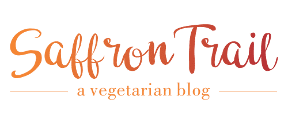



Leave Your Comments